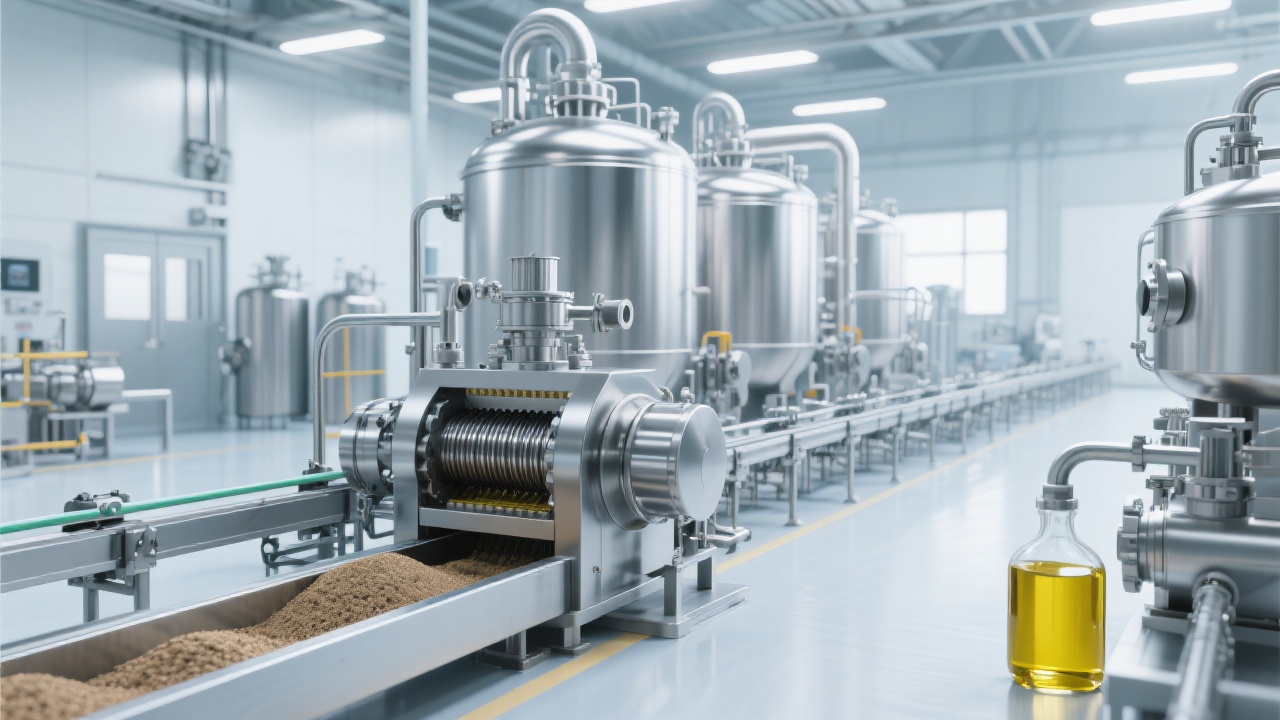
In the rice bran oil refining process, degumming and deacidification are two critical stages that directly impact final product quality, yield, and compliance with international standards such as ISO 29170 or EU Food Safety Regulations. Choosing the right equipment isn’t just about performance—it’s about long-term operational efficiency, consistency, and market competitiveness.
Modern degumming typically uses either water or phosphoric acid-based methods. Water degumming is preferred by many processors due to its low environmental impact and minimal chemical residue—ideal for organic-certified production lines. According to a 2023 study by the International Journal of Food Engineering, water degumming can reduce phospholipid content from 0.8% to under 0.1%, improving downstream filtration efficiency by up to 30%.
For deacidification, steam stripping remains the gold standard in large-scale facilities. A well-designed deacidifier can lower free fatty acid (FFA) levels from 3.5% to less than 0.1%—a key requirement for edible-grade rice bran oil. This step also significantly reduces odor compounds, enhancing shelf life and sensory appeal.

| Feature | Recommended Standard | Why It Matters |
|---|---|---|
| Residence Time Control | ±5% accuracy | Ensures consistent FFA reduction without over-processing. |
| Material Compatibility | 304/316L Stainless Steel | Prevents contamination and extends equipment lifespan. |
| Automation Level | PLC + HMI interface | Reduces labor costs and human error in batch processing. |
Case in point: A mid-sized oil mill in Vietnam upgraded their degumming unit from manual mixing to automated centrifugal separation. Within six months, they reported a 12% increase in oil recovery rate and a 20% reduction in rework due to gum-related issues—a clear ROI on technical investment.

Beyond these core units, integrating efficient bleaching and deodorization systems enhances overall value. For instance, activated carbon bleaching can remove residual colorants while maintaining tocopherol levels above 150 ppm—critical for premium health-conscious markets like North America and Japan.
Whether you're scaling up an existing plant or building a new facility, choosing equipment based on proven performance metrics—not just price—is essential. The best solutions aren't always the cheapest—they’re the ones that deliver stable output, regulatory compliance, and room for future optimization.

